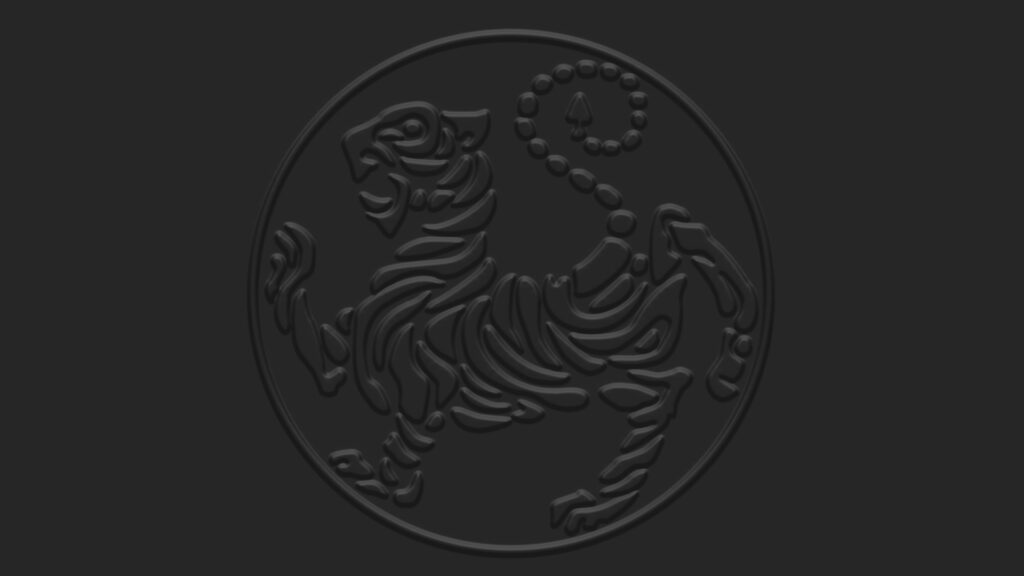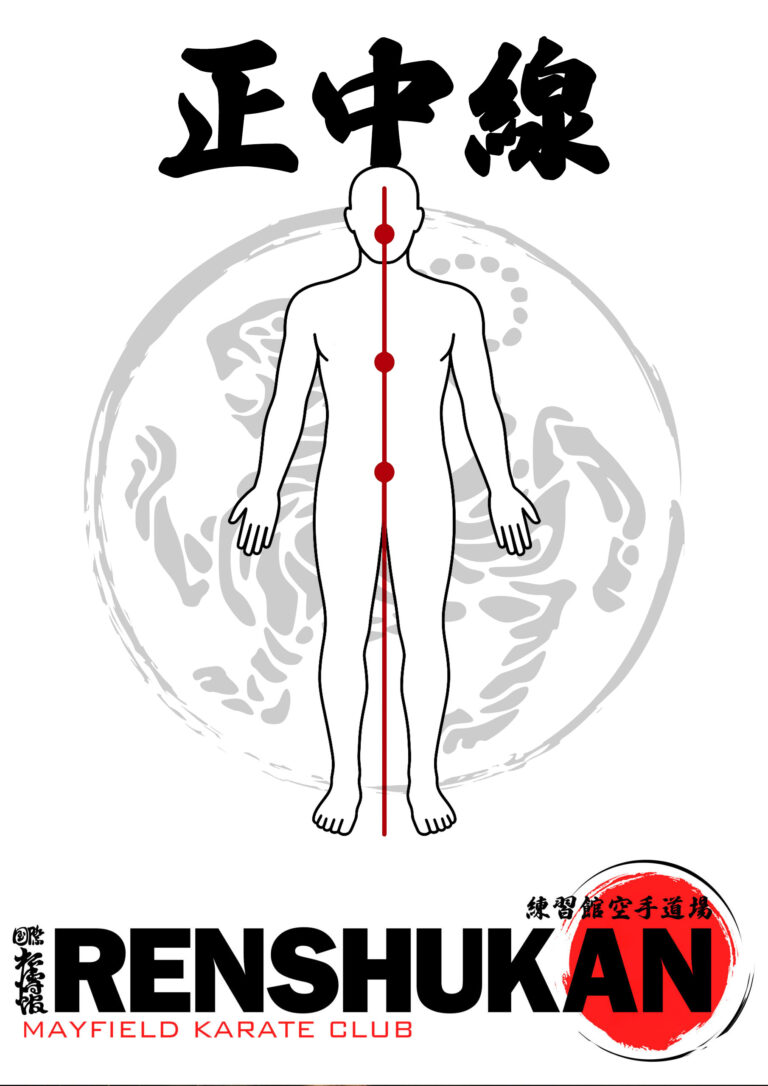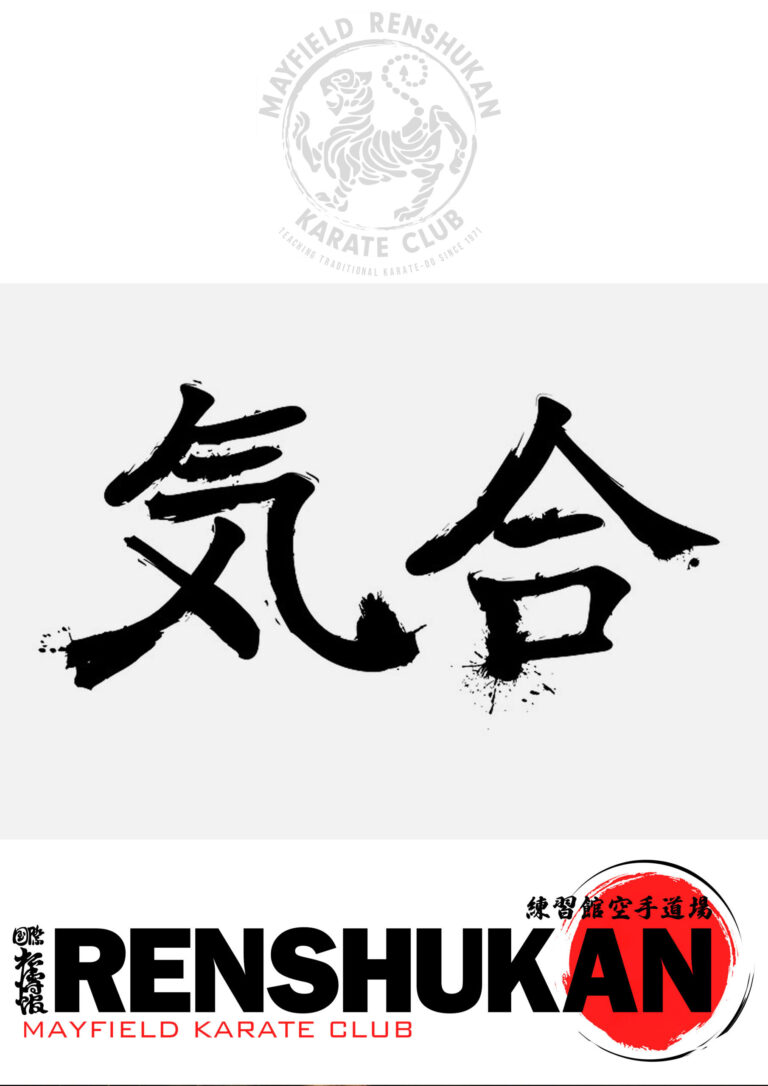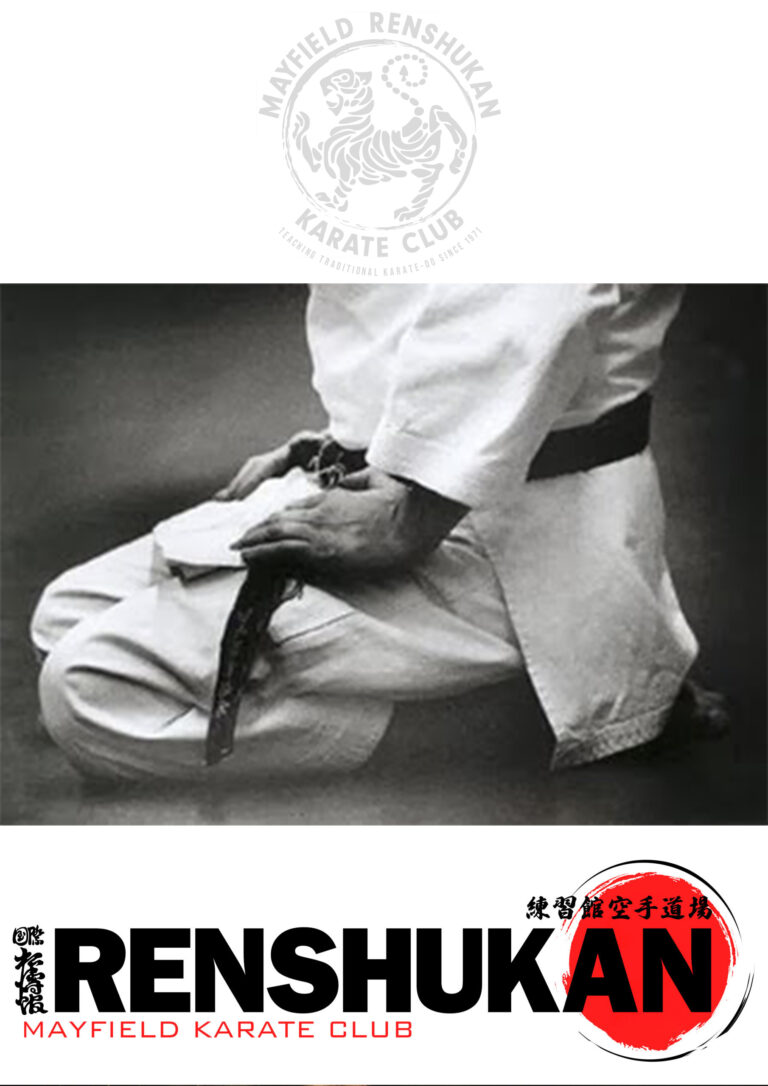To win one hundred victories in one hundred battles is not the highest skill. To subdue the enemy without fighting is the highest skill
Gichin Funakoshi
Budo (武道), the martial way, encompasses the philosophical and spiritual principles behind many of the Japanese martial arts. Rooted in centuries of samurai tradition, Budo emphasises personal growth, self-discipline and respect. It goes beyond fighting techniques to become a lifelong path of self-improvement. In Budo, there is always an opponent…one’s own fear, anger, pride, doubt or ego. Among the many martial arts shaped by Budo philosophy is Karate-Do. Karate-Do is often thought of as just being a sport, but it is one of the most direct expressions of Budo.
Historically, the concept of Budo arose from the traditions of the Samurai. Samurai followed a code of conduct known as Bushido (the way of the warrior) which emphasised loyalty, honour, respect and discipline. As Japan entered a long period of peace during the Edo period, the martial arts practiced by the Samurai gradually transformed. The emphasis shifted from battlefield applications to personal cultivation, leading to the evolution of martial arts systems becoming tools for moral and spiritual growth. This evolution gave rise to what we now understand as Budo.
When Karate was introduced from Okinawa to mainland Japan, it was absorbed into this cultural and philosophical mindset. Therefore, Karate came to be practiced not only as a method of combat but also as a means of shaping one’s character and contributing to the betterment of society. In this sense, Karate-Do became a discipline of both body and mind.
The Japanese concept of Shin Gi Tai (心技体) aligns perfectly with the philosophical roots of Budo. Shin Gi Tai is the unity of mind (Shin/Kokoro), technique (Gi/Waza) and body (Tai/Karada). These three pillars of Budo are not separate stages, but are intertwined dimensions of the same journey. This triad forms the foundation of true Karate-Do.
Shin Gi Tai represents the holistic development of a karateka: cultivating a calm, focused mind. Karateka learn early on that physical power is not the end goal. The real aim is to harmonise one’s body, technique and spirit…none of these is sufficient alone. They must be developed together and harmonised through dedicated training.
Shin (心): Mind
Shin is about growth as a person and represents the mental and spiritual aspects of Budo and Karate-Do. It is attitude, it is staying focused, it is acting with integrity, it is showing respect through your actions, i.e. bowing and staying calm under pressure. Being mindful and present in the moment, helping to avoid just going through the motions without growth and progress. It also promotes Zanshin, a constant state of alertness and focus essential for Karate-Do.
Gi (技): Technique
Gi is the technical component, the mechanics of Karate-Do, and at its foundation is kihon and kata. Kihon and kata are important for karateka of all levels as they help train proper technique, timing and accuracy. Karate-Do is not about memorising moves but mastering them. Kata is the heart of Gi, and one could even argue the heart of Budo itself. Each kata is potentially a complete fighting system. If one studies kata long enough, the true spirit of Budo will reveal itself. Great technique is always simple and efficient. However, this is not enough. Without Shin, technique has no purpose and without Tai, it has no foundation.
Tai (体): Body
This is where everything comes together. Tai is not just strength, its posture, stability, breathing and physical fitness. In Karate-Do, a weak or tense body cannot deliver effective power. A rigid body cannot adapt. Through years of training, the body becomes both resilient and supple, capable of explosive movements and subtle control. This is where Shin/Kokoro, Gi/Waza and Tai/Karada come together.
Shotokan Karate-Do is characterised by its deep stances, powerful linear techniques and a focus on kihon, kata and kumite. But what truly sets it apart is its integration of physical training with a philosophical mindset. In the context of Budo, Karate-Do is more than just a martial art, it becomes a tool for continuous improvement, growing the mind and spirit. The Dojo is not just a place to train the body, but also a place to develop character and pursue harmony within oneself and with others.
Budo doesn’t lead to a fixed destination. It asks that you meet yourself head on again and again, each time with new insights. Over time, you begin to understand that Budo is not about fighting. It is about peace, the kind of peace that has been chosen. Budo is a life practice.
Oss!





